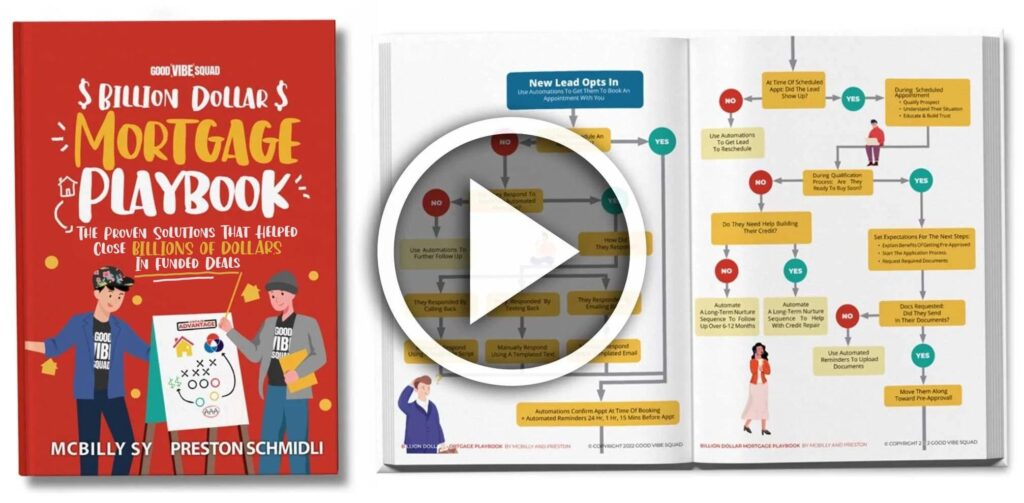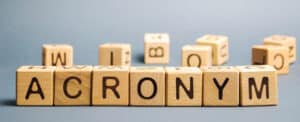Today, more and more borrowers are looking to begin their loan process completely online. So, if you do not have a digital 1003 mortgage application form accessible on your website, chances are you may be losing potential clients. As borrower demographics shift toward a younger profile, the demand for online interaction grows. But what is a 1003 application for a mortgage, and how can you put this form to use as a lead generation tool?
Key Takeaways
- A 1003 mortgage application form is a standard form used by all mortgage lenders in the US to collect borrowers’ information.
Using the 1003 mortgage application form on your website can be an effective lead generation tool, as it allows potential borrowers to fill out the form immediately. - Integrating a short-form or full 1003 mortgage application directly into your site and integrating it with your CRM can help automate the loan process and quickly create new leads.
- When adding the 1003 application form, you need to consider whether to add a full or short-form application and find a balance between gathering important information while not making it too long for prospects to fill out.
- Adding a 1003 loan application in a short form and integrating it with your CRM is a great way to help boost your lead generation and quickly grow your business.
Get Our Billion Dollar Mortgage Playbook
Get the proven strategies that helped close Billions of dollars in funded deals!
What is the 1003 mortgage application?
The 1003 mortgage application form, also known as the Uniform Residential Loan Application, is the standard form used by all mortgage lenders in the United States. Borrowers complete this form when applying to purchase or refinance a home with a conventional loan, Fannie Mae, FHA, USDA, or VA loan. For a Freddie Mac loan, they will use Form 65. Both forms are based on the Uniform Loan Application Dataset and require the same consumer information for all borrowers.
1003 loan application form
Created by the Federal National Mortgage Association, or Fannie Mae, the 1003 mortgage application form was first used in August of 2016. However, it has undergone numerous updates since then. It is important that you use the most current update when providing access to the form for your borrowers.
This form collects information from the borrower that includes:
- Borrower and co-borrower information: This includes names, social security numbers, marital status, address, phone number, and date of birth.
- Employment information: Employer names and addresses, years of employment, position, and employer phone number
- Income and assets: Monthly income, rental income, child support, alimony, and additional income, as well as banking information, IRAs, 401(k)s, retirement accounts, and additional assets
- Current expenses: This can include monthly rent or mortgages, insurance premiums, real estate taxes, credit card balances, car loan balances, and additional monthly expenses.
- Loan information: type of desired loan, amount, and terms
- Property information: address of the desired property, years built, intended property use, and purchase price
Using the 1003 mortgage application as a lead generation tool
In today’s technology-driven environment, chances are your lending business has a wide array of online marketing avenues, such as websites and social media profiles. When a borrower visits one of these marketing avenues, the goal is to capture their information to follow up on the potential lead. While basic contact forms are one option, they often slow down the mortgage process, requiring potential borrowers to wait to hear back from you and then resubmit information further down the road.
Instead of the standard contact form, you can benefit from integrating a short-form or full 1003 mortgage application directly into your site, allowing potential borrowers to fill out the information immediately. But what happens when they fill out the form?
Automating 1003 mortgage loan action with your CRM
When a potential borrower fills out the 1003 application online, the application software delivers it directly through integration with your CRM and immediately creates a new lead contact. This creation can trigger a notification to follow up with this new lead immediately.
Things to consider when adding a 1003 application form online
As we mentioned above, when adding this lead generation tool, you may choose to add a full 1003 loan application or a short-form application instead. While adding a complete 1003 form gathers all the necessary information you need, it can be long and cumbersome for someone simply looking to start a conversation and see if they are eligible for a mortgage loan. In addition, if you have a full 1003, you are required to deliver a loan estimate to every application, even if they are not a good fit for your business.
When considering which option to choose, the goal is to find a balance between the important information you need to qualify if the prospect is a good fit while not being too long for a prospect to fill out. In addition, the short form eliminates the need to provide a loan estimate to those borrowers that are not a good fit with your business.
Taking advantage of lead generation tools
Adding a 1003 loan application in a short form and integrating it with your current CRM is a great way to help boost your lead generation while also allowing you to qualify potential buyers and quickly boost your business.
If you are looking for other ways to boost your lead generation, Good Vibe Squad can help.





